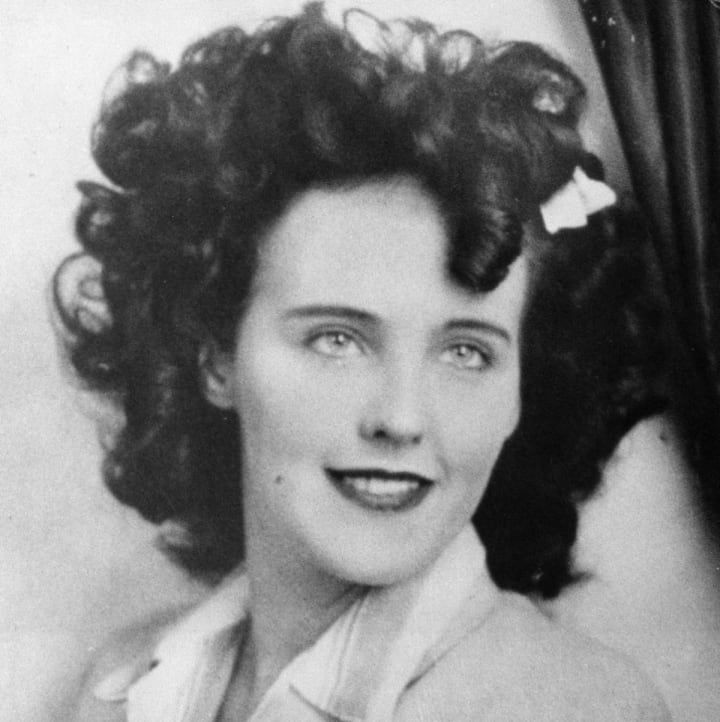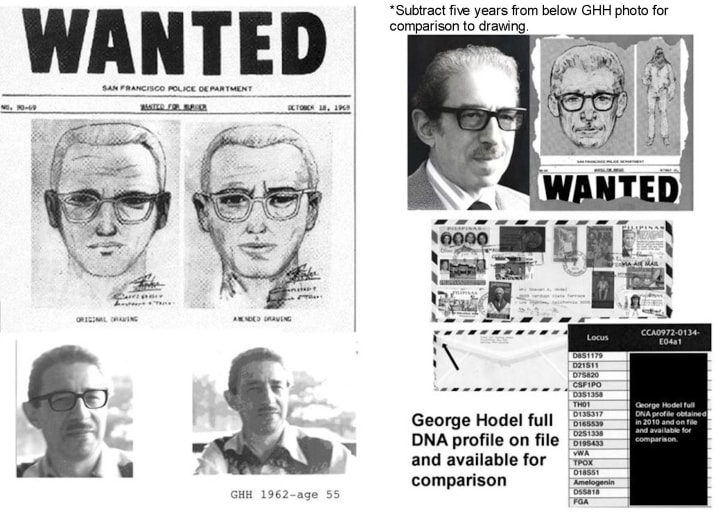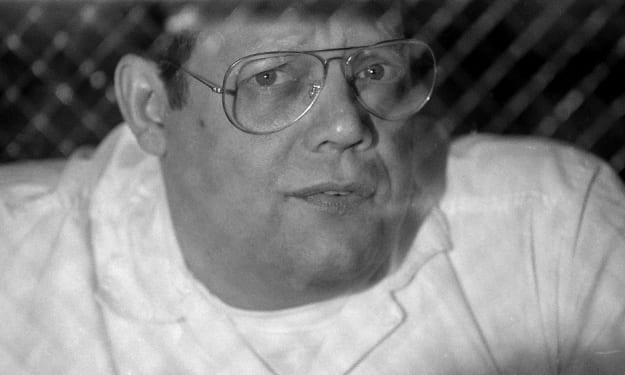The Chilling Mystery of the Black Dahlia
Who is the architect behind the chilling mystery of the Black Dahlia?
The Black Dahlia is one the most highly publicized unsolved crimes in US history. Over the years, there's been more than 200 suspects and more than 60 false confessions, and yet we still don't know for sure who killed Elizabeth Short.
Short was found brutally murdered on January 15, 1947 in a vacant lot in Los Angeles. Her body had been severed in half, chopped up, posed, and drained of all its blood. Nobody had ever seen anything quite like it.
Then, on January 23, 1947 The Examiner received a phone call from a man claiming to be Elizabeth Short’s killer —he even offered to mail Short’s belongings to the paper to prove it. The package included her birth certificate, business cards, photographs, and an address book...this man was never found.
The chilling mystery of the Black Dahlia, in my opinion, has only a couple credible suspects — both of which we will drill down on. Some of them were considered viable suspects when they were alive, and some of them mysteriously were not. After the media storm, the press quickly dubbed her "The Black Dahlia" in reference to a noir-film released months earlier, and thus began an LAPD investigation that staggers on to this day.
Who was Elizabeth Short?

The real reason law enforcement is interested in identifying any murder victim (other than human decency and to notify family) is so they can start creating a suspect pool. For this reason, it's important to get a little background when trying to better understand the chilling mystery of the Black Dahlia.
Elizabeth Short was born in Massachusetts in 1924. She was by all accounts a beautiful and charming girl, who would later venture out to California to try her hand in Hollywood. Although she got some modeling jobs, Short quickly grew frustrated with her career. She began going out socially and seeing older men, and a few of them would later become suspects in her murder. In many ways, she became another one of the Hollywood secrets of the golden days — granted this one is much more sinister.
One of these men, Robert Manley, dropped her off at the Biltmore Hotel in Hollywood on January 9, 1947. Manley, the hotel employees, and her eventual killer would become the last people to see Elizabeth Short alive, as she went missing for six full days before her body was discovered in that now infamous vacant lot.
Early Suspects

Robert Manley was the first suspect, if only because he was the last known person to see her alive. Manley had a history of mental illness — he would later be checked into a psyche ward — but he had an airtight alibi, and even passed two polygraph tests. He's out.
Joseph Dumais, in one of the stranger turns in the the chilling mystery of the Black Dahlia, claimed to be out drinking with Elizabeth in San Diego a few days prior to her death, and that is was possible that he killed her in a drunken blackout. However, none of this turned out to be credible, as he was on his military base in the days before the murder — presumably blacked out. Originally thought to be a prime suspect, he would become the first in a long line of false confessors.
Dumais didn't back off his claim in the years to come. When he was arrested for car theft in 1948 he again confessed to the murder, even claiming she was his wife. Dumais was permanently cleared of any involvement with Short’s murder, however, he continued to claim he killed her every time he was arrested for various minor offenses well into the 1950s.
Credible Suspects

One thing the LAPD was sure about was that the killer had medical training and a place to stash the body for a while — the grisly carving and draining of blood would take time and a steady hand. This is where doctors come into the suspect pool, and the chilling mystery of the Black Dahlia gains a shred of clarity.
There were many doctors on the original suspect list, but some were either too old or had an alibi or just plain didn't have enough of a connection to Smart — they were mostly the stuff of true crime conspiracy theories. So, in my mind, only two remain: George Hodel and Patrick O'Reilly.
Patrick O'Reilly
Patrick O'Reilly was a doctor who knew Elizabeth Short through Mark Hansen. Mark Hansen was one of the last people to speak to Short over the phone, and she even stayed at his place a few times when she was in a pinch — I'm not convinced these two didn't kill her together. Sketchy as Hansen is, let's set him aside for this argument.
O'Reilly would frequent night clubs in and around Hollywood, and this is where he likely would've come into contact with Short. He did have a violent nature, and was convicted of taking his secretary to a hotel and nearly beating her to death: "Apparently for no other reason other than to satisfy his sexual desires without intercourse,” the District Attorney stated at the time.
A history of violence, medical training, and the fact that he knew Short, makes him a strong suspect for the murder. The LAPD was notoriously corrupt during this period, and corruption is suspected to have played a role in why a murderer was never brought to justice. Notably, this makes O'Reilly an even stronger suspect: he was once married to the daughter of an LAPD Captain.
George Hodel
George Hodel is the gold standard of Black Dahlia murder suspects. He had extensive medical training. He had a secret room. He had eleven children by five women. His own daughter accused him of sexual assault. His own son, a retired LAPD detective, thinks he did it.
In fact, he was actually a suspect at the time, but the LAPD fumbled the ball — or they were just corrupt. Did he pay them off? Possibly. His handwriting certainly looked similar to whoever took credit for the murder in those notes, and he had a picture that looked a lot like her in his personal effects.
One thing is pretty clear: the LAPD let this guy up off the mat. For whatever reason, they didn't investigate his medical office. Later, with the help of Hodel's son, they would test the area around Hodel's office for signs of Short. They didn't find Short, but they did find the remains of several other young women. So, more than likely Hodel was a serial killer, and the chilling mystery of the Black Dahlia doesn't seem like it was the work of a first timer.
LA District Attorney Stephen Kay seems to think it's more than enough to go on: "Based on the results of Steve's (Hodel) investigation, I would have no reservations about filing two counts of murder against George Hodel."
Sadly, anyone who could 100 percent rid us of any doubt is already dead — Short herself would be over 90. It's almost certain that the chilling mystery of the Black Dahlia will endure as an itch in the American consciousness for years to come.
About the Creator
Joseph Farley
Joseph Farley is a North Jersey based writer who loves short fiction and stand-up comedy






Comments
There are no comments for this story
Be the first to respond and start the conversation.